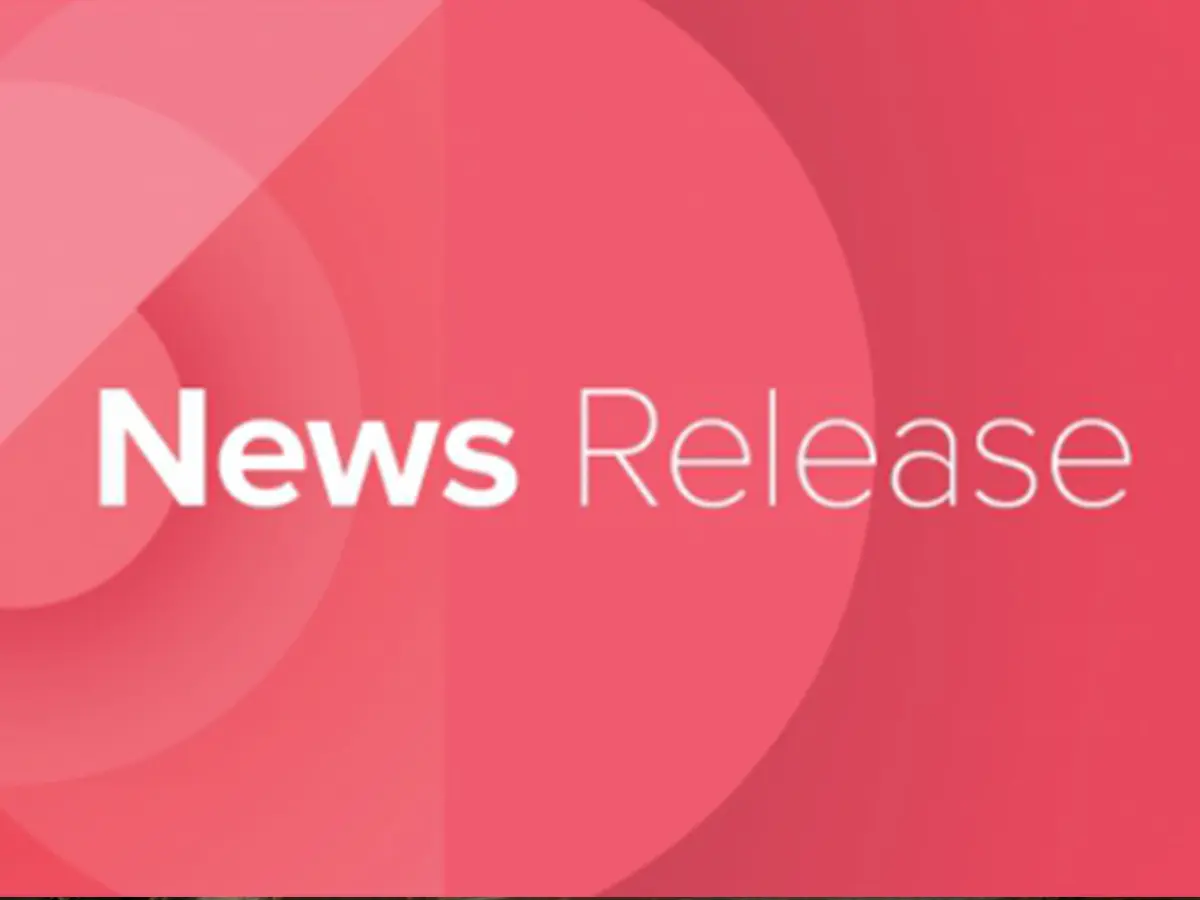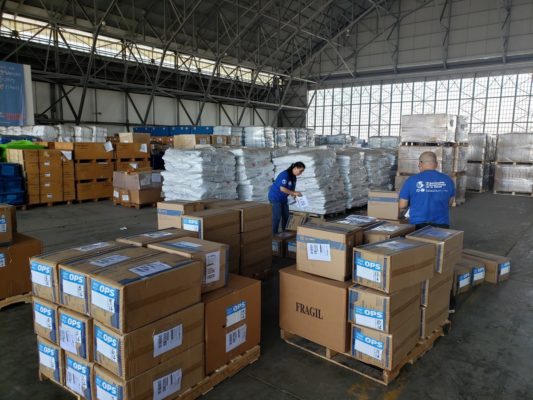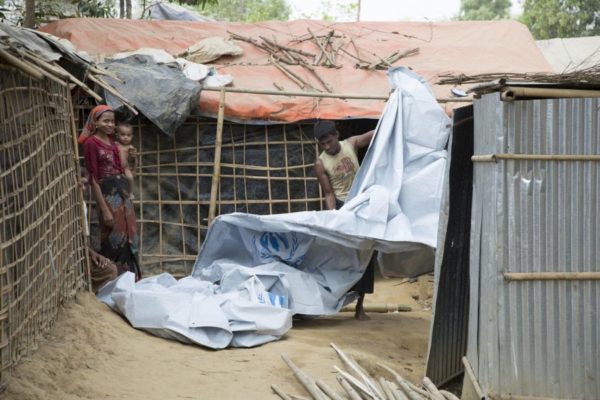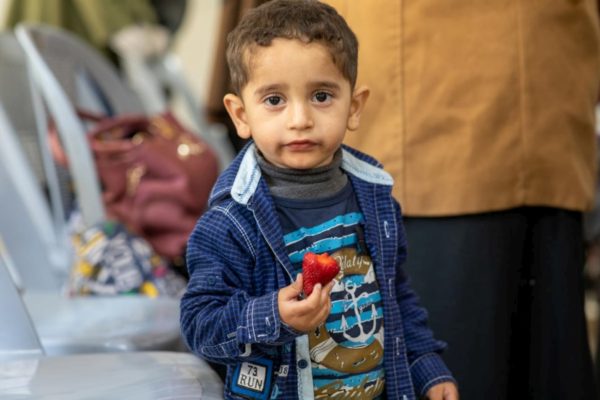Today, the UN Secretary-General issued a policy briefing on “COVID-19 and People on the Move” as part of a series that highlights how the international community can deliver an effective, coordinated response to COVID-19, particularly for the world’s most vulnerable populations.
“We are facing a global health crisis that is spreading human suffering and upending lives. The COVID-19 pandemic has already overwhelmed the health care systems, economies and societies of some of the strongest countries in the world. We must be vigilant in our support for the world’s most vulnerable people, including forcibly displaced and stateless people who now find themselves at even greater risk as the pandemic spreads across the rest of the world,” said Assistant High Commissioner for Protection Gillian Triggs, “The coronavirus pandemic compounds many of the longstanding issues faced by refugees, threatening not only their health and safety but their survival.”
Stateless people and those forced to flee due to persecution, war, or violence, whether fleeing across international borders as refugees and asylum-seekers or within their countries as internally displaced persons (IDPs) already at risk facing dire security and humanitarian conditions, are now even more vulnerable due to the pandemic.
COVID-19 heightens existing vulnerabilities for forcibly displaced and stateless people in three specific ways. First, there is a greater health crisis with most refugees, IDPs, asylum seekers and stateless people living in poor or crowded conditions, with limited or compromised access to health and other basic services, such as water and sanitation. These constraints can be compounded by COVID-related travel restrictions which challenge or suspend delivery of lifesaving humanitarian assistance in many of UNHCR’s key operations.
Second, forcibly displaced and stateless people already facing socio-economic hardship find themselves at much greater risk, as access to livelihoods disappears for man. And with quarantine and lockdowns in place, many social protections are jeopardized. For example, women and girls may face higher risks of exposure to gender-based violence, abuse and exploitation, and have difficulty accessing protection and response services.
Third, refugees, IDPs, asylum seekers and stateless people face a huge protection crisis as border closures and other movement restrictions to curb the spread of COVID-19 have severe impact on freedom of movement and access to asylum. Asylum-seekers may find themselves unable to cross international borders to seek protection while some refugees may be sent back to danger and persecution in their country of origin. And while the pandemic has immobilized large parts of the world, war, conflict, and violation of human rights persist, and in some cases have escalated, creating extremely precarious situations for civilians and a greater need for asylum and protection.
The key to response and recovery to the COVID-19 pandemic is an inclusive public health and socio-economic response. The response to COVID-19 and protecting the human rights of forcibly displaced and stateless people are not mutually exclusive. With the Global Compact on Refugees, the world made a collective commitment to ensure that the responsibility for protecting the world’s refugees is equitably shared and that human mobility remains safe, inclusive, and respects international human rights and refugee law. UNHCR has scaled up health and social services across its operations to fight the spread of the virus, with active participation and inclusion of displaced, stateless and host communities in all our responses.
During these past months, we have seen firsthand that refugees, IDPs, asylum seekers and stateless people have stepped up and contributed to local economies, labour forces, and the frontline healthcare response. They must – and want to – be part of the solution.






